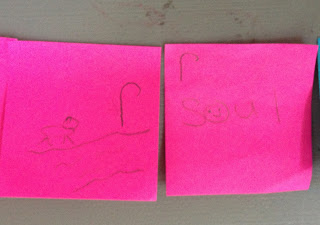This weekend, I took some time to look at the
Next Generation Science Standards that were released while we were trying to get settled into our new home back in April. I am pretty excited about what I saw.
Readable
The old science standards had the readability of Shakespeare. Even with the advantage of college level instruction, I often had to re-read to figure out what on earth (or in space) I was supposed to be teaching. In addition, the Next Generation Standards are conveniently searchable.
Organized by grade level
I
f you just want to know, "What should I be teaching this year?", without needing to sit for hours and hours contemplate the greater themes of science, the Next Generation Science Standards give you a clear enough answer that
you can start planning your lessons immediately. In addition, you can search by grade range to view three grades at once, a nice balance of structure and flexibility.
Cross referenced with the Common Core
It makes me a little sad every time I hear an elementary teacher say, "I don't have time for science." I think that
seeing the science standard cross referenced with the related math and language standards will make it easier for elementary teachers in particular to use science as a catalyst for their other teaching, rather than finding it a distraction.
Sequenced
As a former (and hopefully future) high school science teacher, I found it overwhelming to try to make up for missed skills and information while preparing my students to be shoved off into the ocean of college.
If the kindergarten teacher of my future students starts applying theses suggestions now, it will make a big difference in my classroom, twelve years from now.
We are starting the 2013 school year now, so look for posts chronicling our journey in using the Next Generation Science Standards for kindergarten.
Have you take a look at the Next Generation Science Standards? What did you think?



















